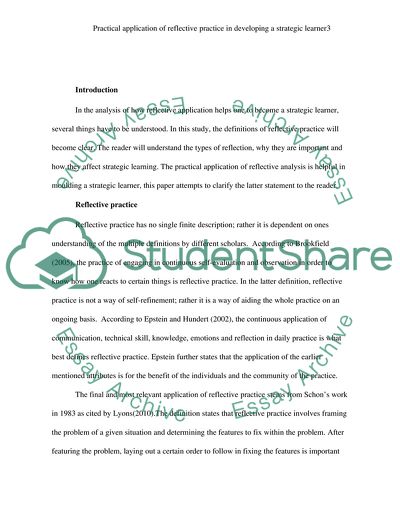Cite this document
(Reflective Practice and the Types of Reflection Assignment, n.d.)
Reflective Practice and the Types of Reflection Assignment. Retrieved from https://studentshare.org/education/1668295-academic-professional-practice
Reflective Practice and the Types of Reflection Assignment. Retrieved from https://studentshare.org/education/1668295-academic-professional-practice
(Reflective Practice and the Types of Reflection Assignment)
Reflective Practice and the Types of Reflection Assignment. https://studentshare.org/education/1668295-academic-professional-practice.
Reflective Practice and the Types of Reflection Assignment. https://studentshare.org/education/1668295-academic-professional-practice.
“Reflective Practice and the Types of Reflection Assignment”, n.d. https://studentshare.org/education/1668295-academic-professional-practice.


